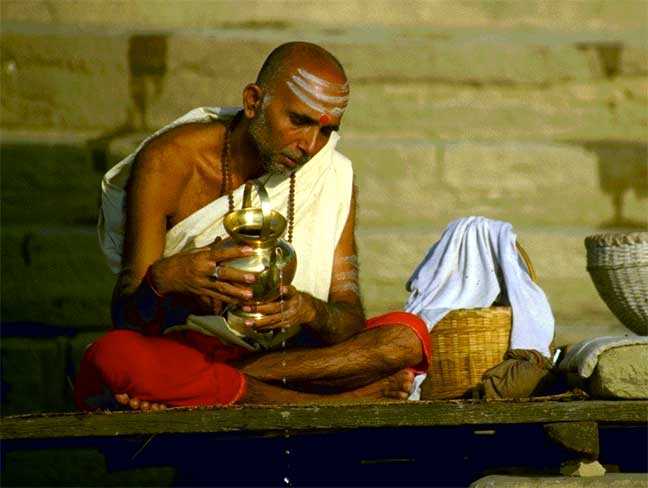Hinduism in Ancient India

Before the Vedic period, the Indus Valley Civilization, located primarily in what is now Pakistan and northwest India, was a thriving urban culture. Excavations from sites like Harappa and Mohenjo-Daro have revealed seals depicting figures in yogic postures and symbols that are reminiscent of the Shiva lingam. These artifacts hint at proto-religious beliefs that may have influenced later Hindu practices. However, deciphering the exact nature of these beliefs is challenging, given the undeciphered script of the Indus Valley people.
The Vedic period heralded a significant phase in the evolution of Hinduism. The Indo-Aryans composed the Vedas, a collection of hymns dedicated to various deities. The oldest of these, the Rigveda, introduced gods like Agni (fire god), Indra (warrior god), and Varuna (cosmic order god). These hymns were recited during elaborate rituals and sacrifices conducted by priests, or Brahmins, to maintain cosmic order (Rta) and ensure prosperity.
The subsequent Vedas — the Samaveda, Yajurveda, and Atharvaveda — expanded on these rituals, and their accompanying Brahmanas and Upanishads began delving into philosophical questions about the nature of reality, the self, and the ultimate purpose of life.
Around 600 BCE, there was a shift from ritualistic practices to a more philosophical and introspective approach to the divine. The Upanishads, which are the concluding part of the Vedic texts, introduced the concept of Brahman (universal soul) and Atman (individual soul). They propounded the idea that realizing the oneness of the Atman with Brahman is the ultimate goal of human existence, leading to moksha or liberation from the cycle of rebirth.
Parallel to the Vedic tradition, popular religious practices were evolving among the masses. By 500 BCE, the two great epics, the Ramayana and the Mahabharata, were taking shape. These narratives, imbued with moral and ethical lessons, introduced divine incarnations like Rama and Krishna. They became essential vehicles for imparting dharma (righteous duty) to the common folk.
Later, the Puranas, a genre of ancient Indian literature encompassing mythological stories, further popularized various deities like Vishnu, Shiva, and Devi. They provided a more accessible and devotional path to the divine, fostering the growth of Bhakti (devotion) in Hinduism.
By the turn of the first millennium CE, various sects like Shaivism (worshippers of Shiva), Vaishnavism (worshippers of Vishnu), and Shaktism (worshippers of Devi) had firmly established themselves. Concurrently, philosophical schools, or darshanas, like Nyaya, Vaisheshika, Samkhya, Yoga, Mimamsa, and Vedanta, developed, offering different interpretations of Vedic teachings and cosmology.
 >
>